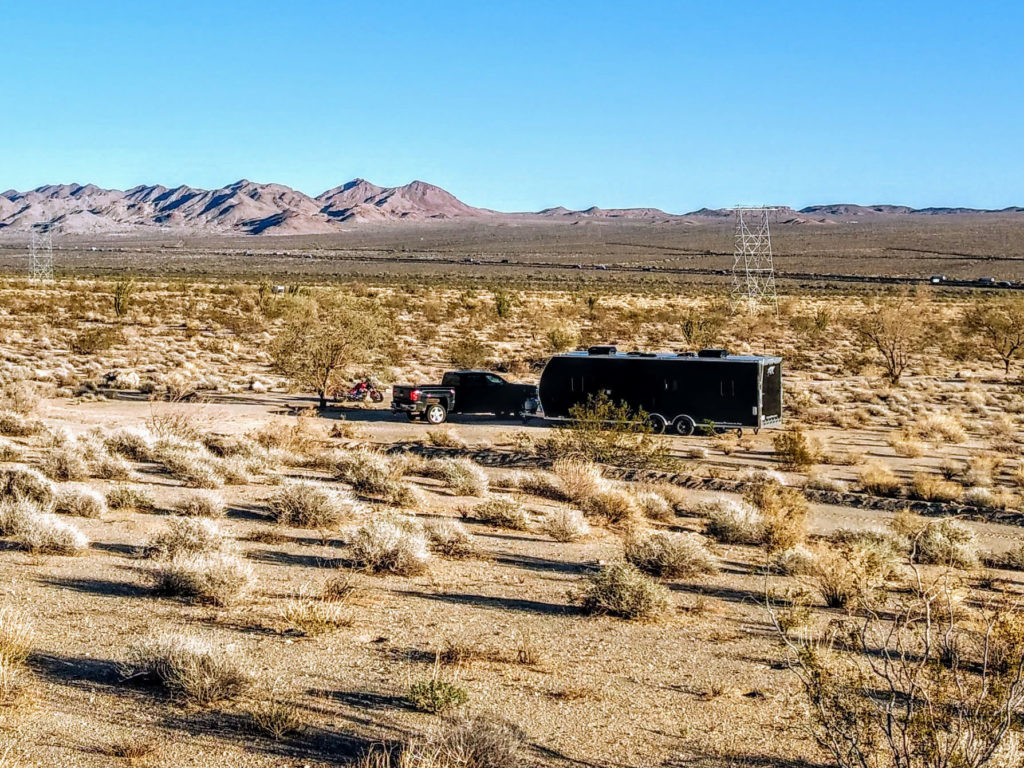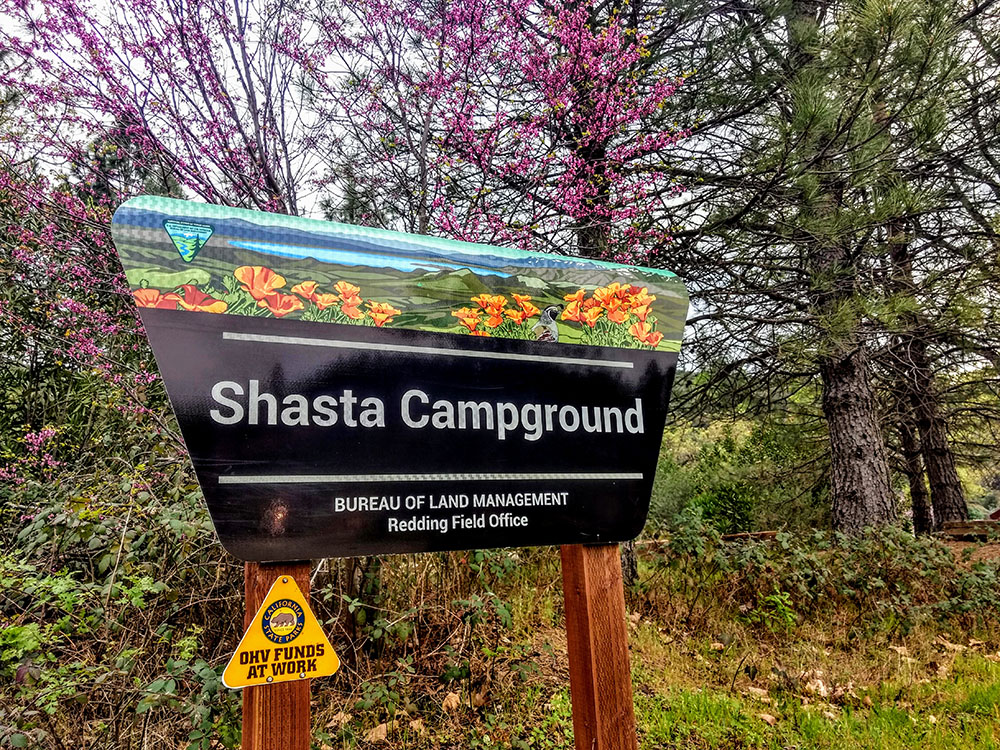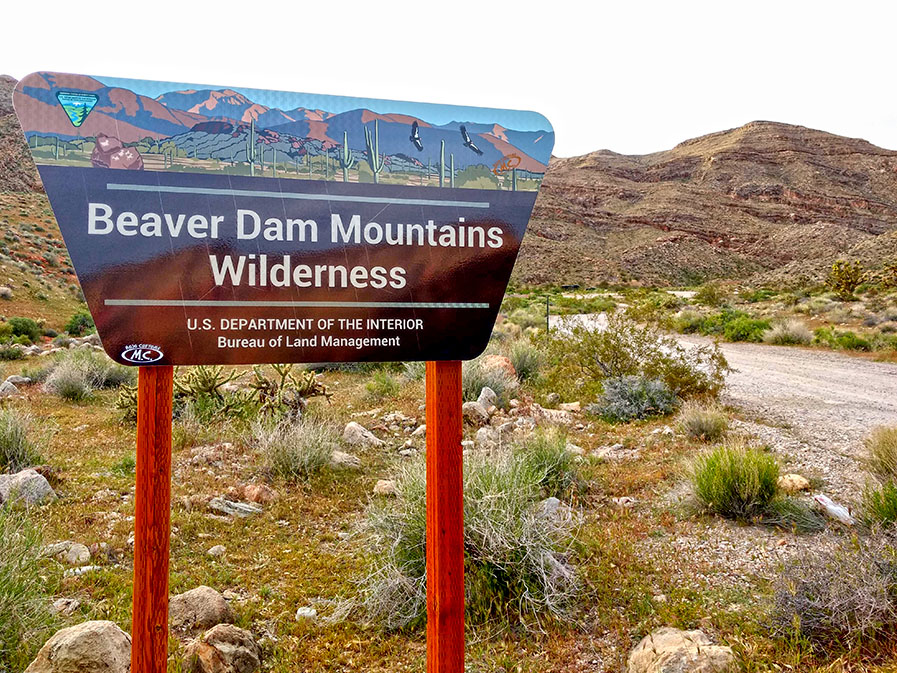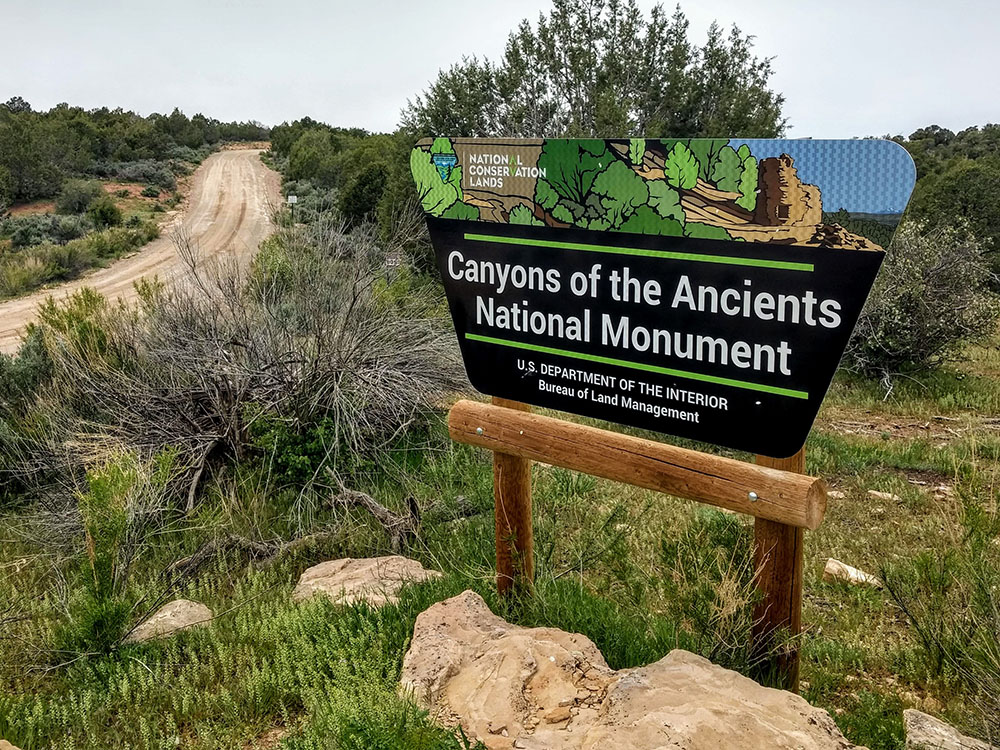How many days you can camp on BLM land depends on each BLM State Office and each BLM Field Office. Each of these offices are free to establish their own camping limits. Despite this, most offices adopt the “14-Day Rule”. However, it’s rare for BLM officers to enforce these rules.

How Many Days Can You Camp on BLM Land?
That depends on where you camp.
BLM Public Lands
Public Lands are what the BLM refers to as lands it manages that have no other specific designation, purpose, or protections. These are the lands most boondockers think of when they refer to BLM camping. With respect to maximum length of stay, the BLM’s national rules only states the following…
On all public lands, no person shall:
(a) Camp longer than the period of time permitted by the authorized officer; or
CFR Title 43 § 8365.1-2 Occupancy and use
(b) Leave personal property unattended longer than 10 days (12 months in Alaska), except as provided under § 8365.2-3(b) of this title, unless otherwise authorized.
14-Day Rule – Each BLM State Office and each BLM Field Office is expected to adopt its own rules with respect to camping. Most offices adopt the “14-Day rule”, which is 14-days maximum within a 28-day period, within a 25-mile radius. For more details on this read, “The BLM 14-Day Rule for Camping Explained“.
Despite the 14-Day Rule, many boondockers exceed the limit. This is because it’s rare for BLM officers to enforce the rule. Most officers are busy addressing bigger threats such as wildfires, off-road riding, illegal mining, marijuana farms, et al. It’s common for boondockers to stay several months in the same site on BLM Public Lands.
BLM Developed Recreation Areas

The BLM defines developed recreation areas as those that contain structures or capital improvements primarily used by the public for recreation purposes. Such sites or areas may include features like delineated spaces for parking, camping or boat launching; sanitary facilities; potable water; grills or fire rings; tables; or controlled access. If you arrive at a BLM area where there is a pit toilet, fire rings, numbered camp sites, or even just a kiosk, chances are you’re at a developed recreation area.
In this case, each BLM field office is required to established its own maximum length of stay for each specific developed recreation area. BLM Rule § 8365.2 requires each field office to post that maximum length of stay (if any) on a kiosk or information board at the primary entrances to the area.
Often times, that maximum length of stay is the same 14-Day Rule mentioned above. However, we’ve seen it as high as 21 days and as low as 3 days in certain areas.
BLM Wilderness Areas

Wilderness Areas are specifically those areas that were created in response to the Wilderness Act of 1964. These are not the same as “Wildlife Management Areas”. A wilderness area will always have signs posted at primary entrances with a name followed by the words, “Wilderness”.
The BLM requires each field office to specify the maximum length of stay at a wilderness area. If no length of stay is posted, you will have to contact the field office to inquire. Otherwise, it’s common for most BLM wilderness areas to use the 14-28-25 Rule mentioned above. Wilderness Areas are patrolled more frequently than any other lands managed by the BLM.
Wilderness Areas do not permit vehicles, nor do they have any roads. Most, however, have a service road that takes you up to its borders. Sometimes you can camp along this service road, as long as you don’t block traffic and remain outside of wilderness boundaries. Otherwise, you will have to hike your camping equipment in.
You can read the full set of camping and recreation rules on “BLM Rules for Wilderness Areas“.
BLM Conservation Lands

Conservation Lands is what the BLM refers to as special areas designated by an Act of Congress or by Executive Order. National monuments like Grand Staircase Escalante in Utah and the Mojave Trails in California are examples. It also includes lands created under the National Trails System of 1968, as well as the Wild and Scenic Rivers Act of 1968.
Each of these areas is required to establish its own policies on maximum length of stay. Many of these areas have developed campgrounds, but also permit dispersed camping (boondocking). You will have to inquire at a visitor’s center to learn what specific rules they’ve established for dispersed camping.
Otherwise, most conservation lands also use the 14-28-25 Rule mentioned above.
More often than not, BLM staff that manages a specific conservation land they’ll require you obtain a camping permit (usually free), where you specify in the permit how long you plan to stay. It’s still highly unlikely they’ll come by on your last day to see you out. Rather, they’ll let you police yourself. Often times, boondockers will specify one to two weeks in the permit, then stay longer.


If you’re asked to move out BLM land how far do you have to move before you can go back on 1 mile or 25 Mi which is it
There is no nationwide rule on this. Each BLM field office sets its own policies on how many days you can camp, how long you must wait to come back, or how far away you must move. You will have to contact the field office of where you plan to camp, and ask them. Many field offices don’t have a policy on this. What I can tell you is that the BLM rarely enforces this on “public lands”, which are generally lands that have no other use, designation, or purpose. They “sometimes” enforce it on developed campgrounds, conservation lands, and wilderness areas. Usually, the BLM is busy dealing with bigger problems, such as marijuana farms, illegal hunting, illegal off-road recreation, and mining. I wouldn’t worry about it too much.
All I can say is at Cow Mountain Recreation Area in California, they do police the camp sites, and they come back prior to the 14th day, to confirm you are leaving on the 14th day, on which day they will show up to make sure you pull out shortly after daybreak, or be cited for breaking federal regulations…
Thanks Charles. Cow Mountain is classified by the BLM as a “developed recreation area” as opposed to “public lands”. You are correct that developed recreation areas are more heavily policed. Meanwhile, public lands, which are unfenced, undeveloped, and unused land, is rarely ever policed by the BLM.
Is there an update list of dispersed camping stay limits for all BLM bield offices? It’s very difficult to find this information for each and every BLM field office, and since each field office may have different rules, it would be really great to have a list that confirms each offices policy.